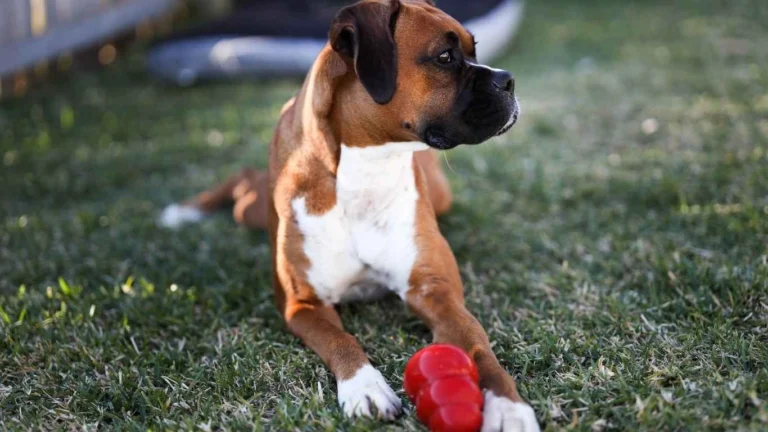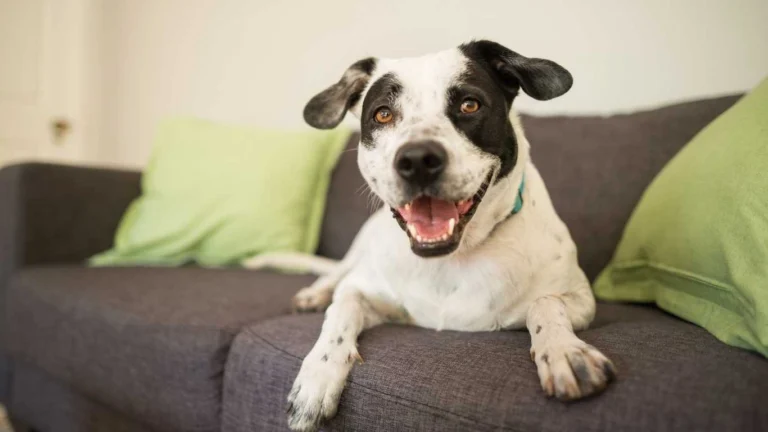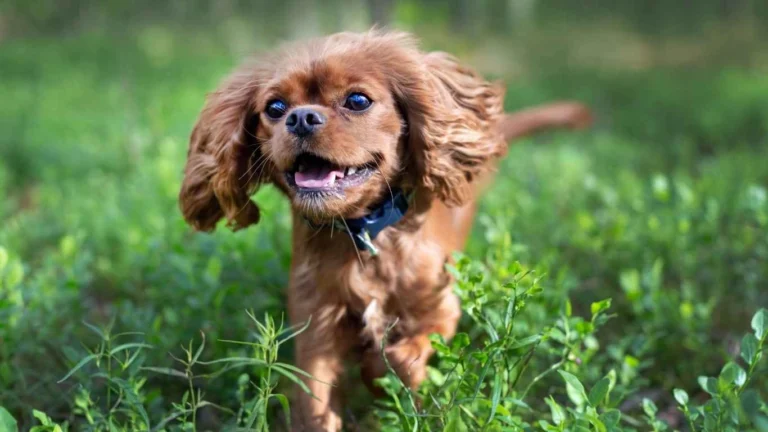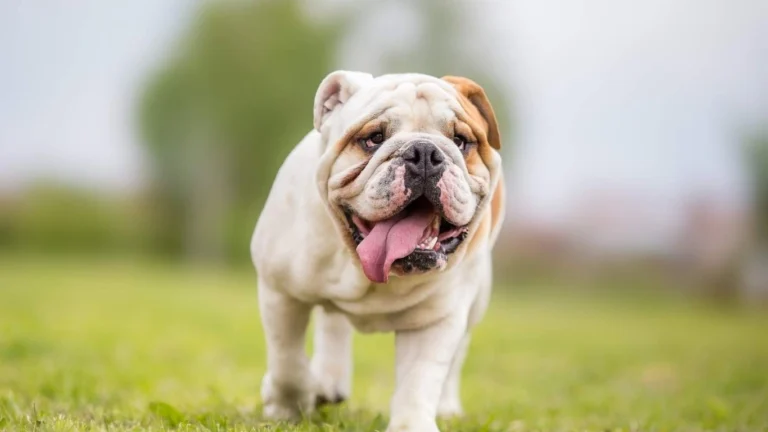Best Post-Surgery Diet for Dogs That Speeds Up Healing
After your dog undergoes surgery, the healing process isn’t just about rest and medication—it’s also about proper nutrition. Feeding your dog the right food after surgery can support tissue repair, reduce inflammation, and help them bounce back faster. But knowing what to feed and when can feel overwhelming, especially when your furry friend isn’t quite themselves. Understanding how a post-surgery diet works and what your dog needs can make a big difference in their recovery.
Understanding a Dog’s Recovery Needs After Surgery
Just like humans, dogs go through a healing phase after surgery. During this time, their bodies work hard to rebuild tissues, fight off infection, and recover strength. Healing takes energy and nutrients—especially protein, vitamins, and certain minerals.
Post-surgical recovery also places extra stress on a dog’s immune system. Some dogs may also experience reduced appetite, nausea, or discomfort, making eating a challenge. That’s why a gentle, nutrient-rich diet can support both healing and comfort during this critical period.
Whether your dog had a routine spay/neuter, dental surgery, or something more serious like orthopedic or abdominal surgery, nutrition still plays a key role in recovery. The exact needs may vary based on your dog’s age, breed, size, and the type of surgery they had.
How a Post-Surgery Diet Helps Heal the Body
Food gives your dog the building blocks needed to heal. Here’s how a good diet helps their recovery:
- Protein: Helps rebuild muscle, skin, and tissue after injury or surgery.
- Fats: Offer a concentrated source of energy and support cell function.
- Carbohydrates: Provide quick energy and can be easier to digest during recovery.
- Vitamins A, C, and E: Support immune health and reduce inflammation.
- Minerals like zinc and iron: Help with wound healing and red blood cell production.
Special post-surgery dog foods are often designed to be more palatable and digestible, making it easier for dogs to eat even if they feel under the weather. Some are high-calorie, so dogs can eat less but still get the nutrients they need.
Always check with your vet before changing your dog’s diet. They can recommend the best options based on the type of surgery and your pet’s condition.
Best Foods to Feed Your Dog After Surgery
Your dog’s appetite might be lower than usual, but offering the right foods in small amounts can encourage them to eat. Try starting with these options:
Vet-Approved Recovery Diets
- Commercial recovery formulas (Hill’s a/d, Royal Canin Recovery, etc.)
- Easily digestible, high-protein wet foods
- Prescription diets formulated for healing
Home-Cooked Options
- Boiled chicken or turkey (skinless, boneless)
- White rice or plain pasta
- Boiled sweet potatoes or carrots (mashed)
- Low-sodium bone broth (no onions or garlic)
- Scrambled eggs (plain, no butter or seasoning)
These foods are gentle on the stomach and can be combined in small portions. Feed smaller, more frequent meals to avoid overloading your dog’s digestive system.
Foods to Avoid After Surgery
Some foods can upset your dog’s stomach or interfere with healing. Avoid the following during recovery:
- Fatty or greasy foods (bacon, sausage, fast food)
- Spices, onions, garlic, and seasoning
- Dairy products (can cause upset stomachs in some dogs)
- Hard kibble if your dog has had dental or oral surgery
- Raw foods (due to bacteria risk during recovery)
Stick with plain, gentle foods unless your vet says otherwise. Watch your dog’s stools for any signs of diarrhea, which may indicate food isn’t being digested well.
Signs Your Dog Isn’t Doing Well with Their Diet
It’s normal for your dog to be a little off after surgery, but some signs mean the diet may need adjusting—or that a vet visit is in order. Keep an eye out for:
- Refusing food for more than 48 hours
- Vomiting or frequent diarrhea
- Swollen belly or signs of discomfort
- Lethargy or weakness that worsens
- Unusual behaviors like licking lips, drooling, or whining
If you see any of these, reach out to your vet. Nutrition is just one piece of recovery, but it’s a key one—and poor appetite can slow healing.
When to Call Your Vet
Even with the best diet, complications can sometimes happen. Call your vet if:
- Your dog hasn’t eaten in two days
- There’s blood in their stool or vomit
- The incision site is red, swollen, or oozing
- Your dog shows signs of pain or distress
- They suddenly become more tired or unresponsive
Your vet can offer solutions like appetite stimulants, anti-nausea medication, or alternative feeding strategies. You know your pet best—trust your gut if something feels off.
Helping Your Dog Heal with Confidence
Helping your dog recover from surgery takes patience, love, and a little planning. The right post-surgery diet supports your dog’s body as it heals and helps them get back to feeling like themselves. Offer gentle foods, follow your vet’s advice, and monitor your dog’s progress. A little extra care goes a long way.
Every dog heals at their own pace. Keep meals calm and quiet, and don’t worry if things take time. With your support—and the right nutrition—your dog has everything they need to recover strong and well.






